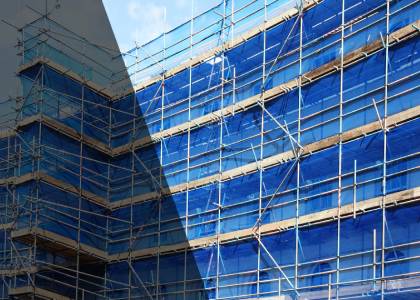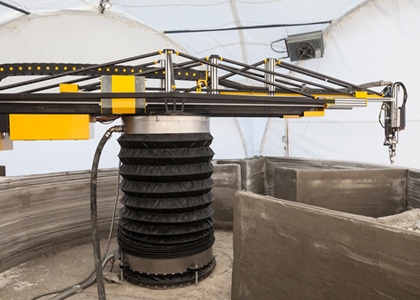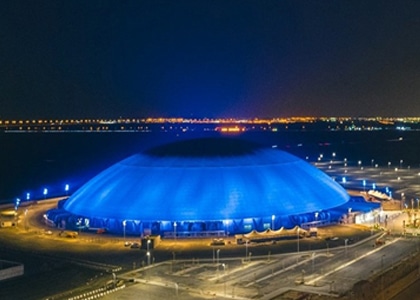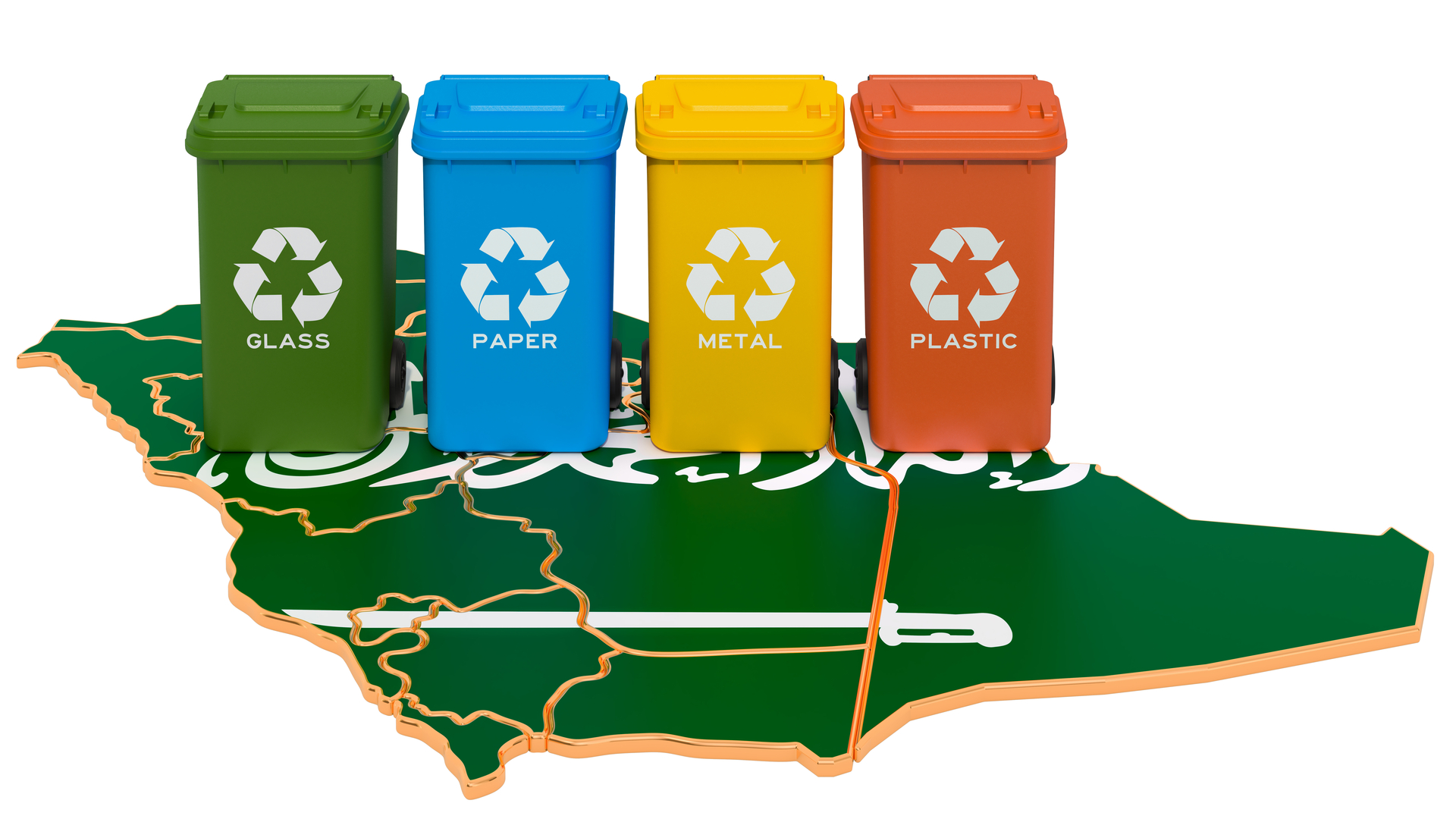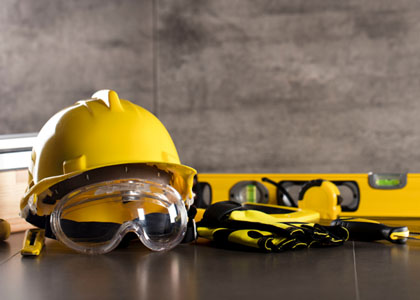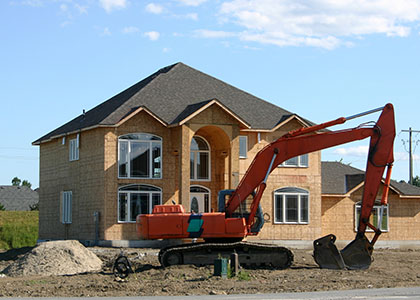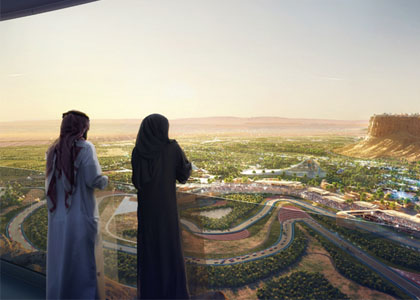Home / Blog / The Red Sea Megaproject Embraces Prefabricated Construction Design
Internationally, especially in Europe, off-site manufactured, prefabricated units are a big part of the construction industry. The trend is also slowly gaining ground in Saudi Arabia, especially as The Red Sea Development Company (TRSDC) adopts the construction approach for building residential units at its Coastal Village project site.
Partnering with Saudi Amana Contracting Co and their subsidiary DuBox, TRSDC is looking to build accommodation using prefabricated construction techniques for the 14,000 employees who will live in the Coastal Village and operate the mega-development in the future. Whilst off-site manufactured units are being used internationally to build high-end houses, apartments, hotels, and even airport terminals, prefabricated construction elements, and remote assembly remain a novelty in the Kingdom. The TRSDC is one of the first who have adopted the construction approach from the onset.
The building design being implemented at The Red Sea Project includes individual preconstructed elements, to fully completed rooms that are assembled in a factory located away from the main project site. In fact, Saudi Amana recently shared a video on their social media channels showcasing the first batch of their residential buildings being mobilized to the TRSDC site from their factory in Rabigh, and subsequently successfully being installed.
Currently, the TRSDC has several live projects where off-site manufactured building designs are being implemented across construction sites. Whilst the market was initially slow to incorporate prefabricated elements in buildings, an increase in interest is driving more local companies to engage with foreign collaborators with a view to tap into similar technologies to bring them to the Kingdom. Though there are challenges in incorporating off-site elements into existing construction designs, with up to a 50 percent quicker lead time, more Saudi builders are interested in utilizing prefabricated construction technology in their projects.
Moreover, using off-site assembled building elements has the added advantage of reducing the number of people, construction materials, and waste on-site. The environmental sustainability angle is also something that appeals to the TRSDC and ties in with the Red Sea megaproject’s conservation agenda.
What’s more, TRSDC is also actively reaching out to other potential collaborators with off-site manufacturing expertise. Through similar partnerships, the company aims to adopt the latest technologies and solutions that will keep it in line with the Saudi Vision 2030 sustainability goals, whilst delivering cost-effective quality construction.

